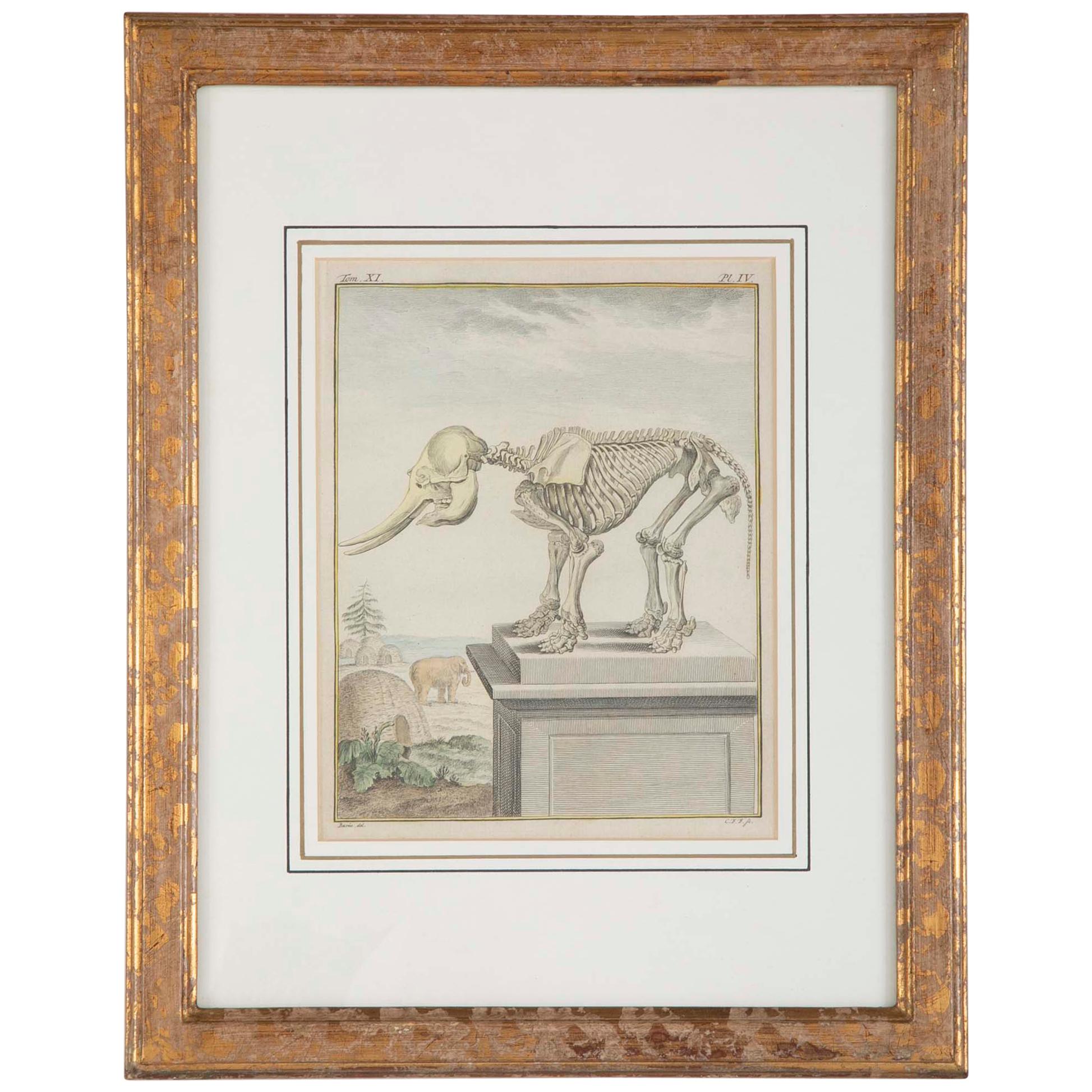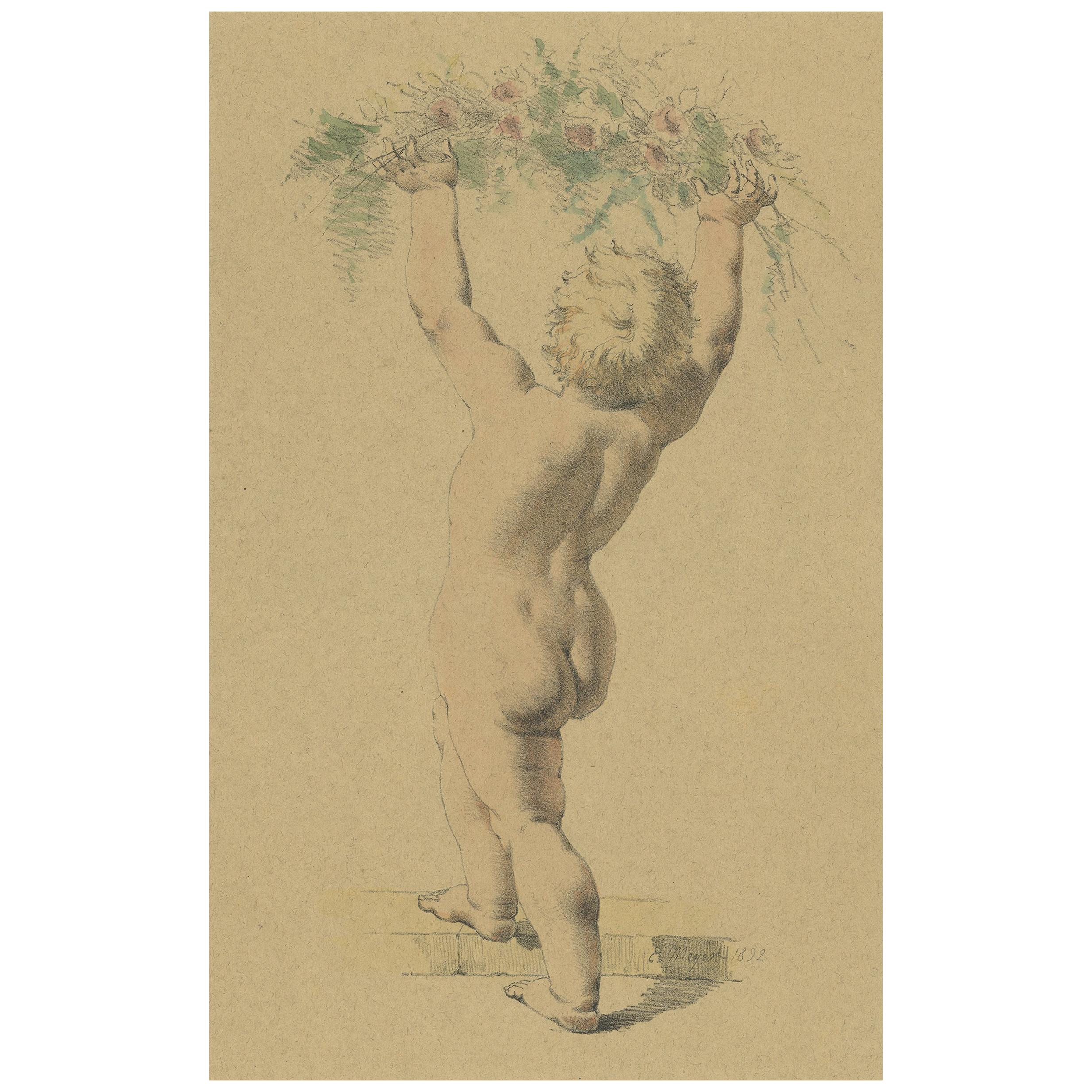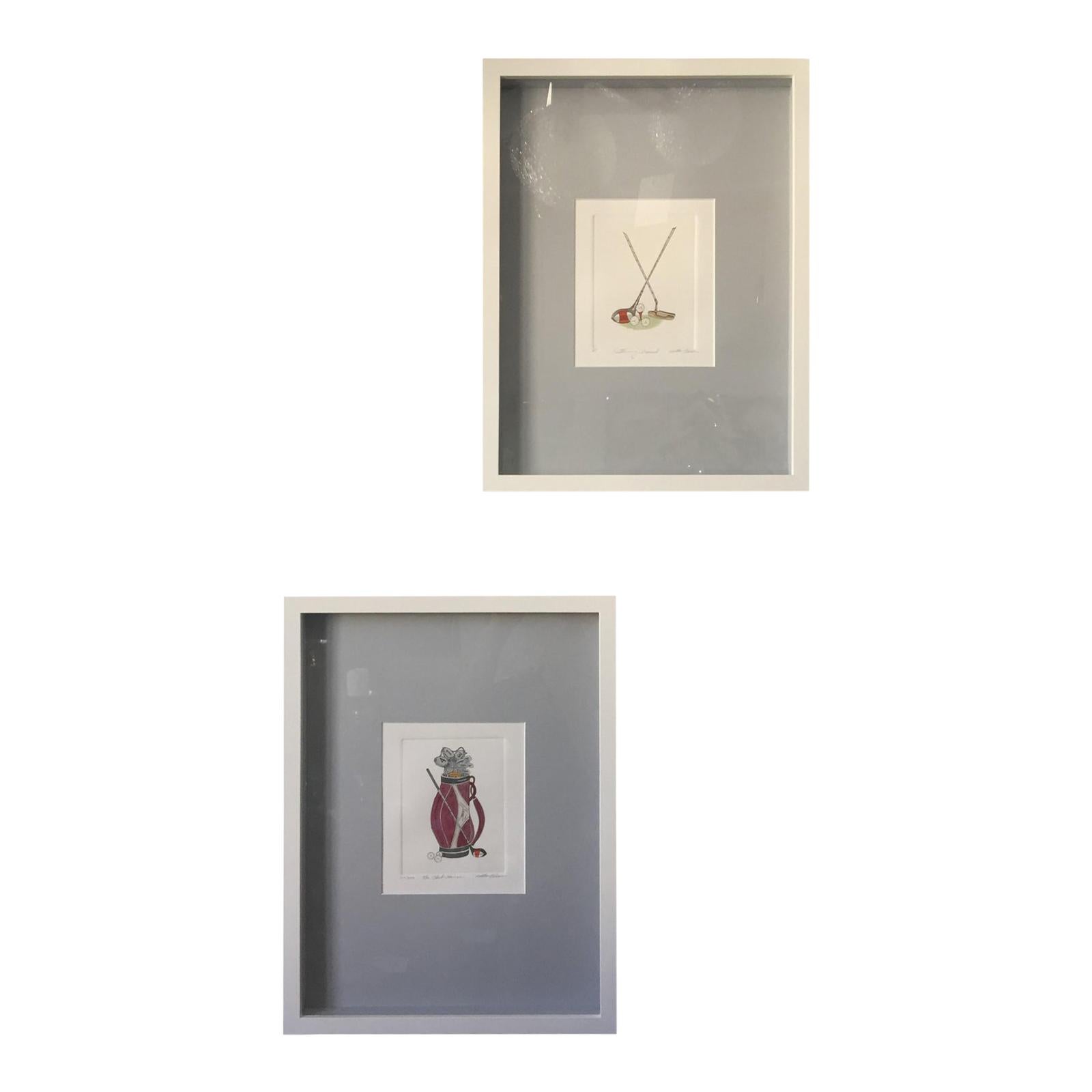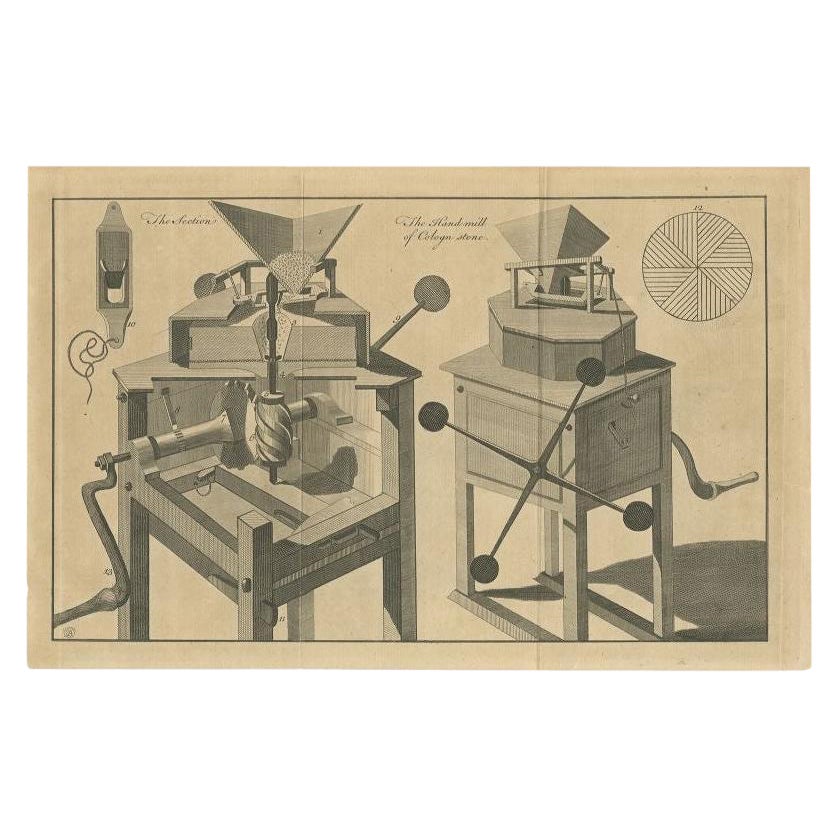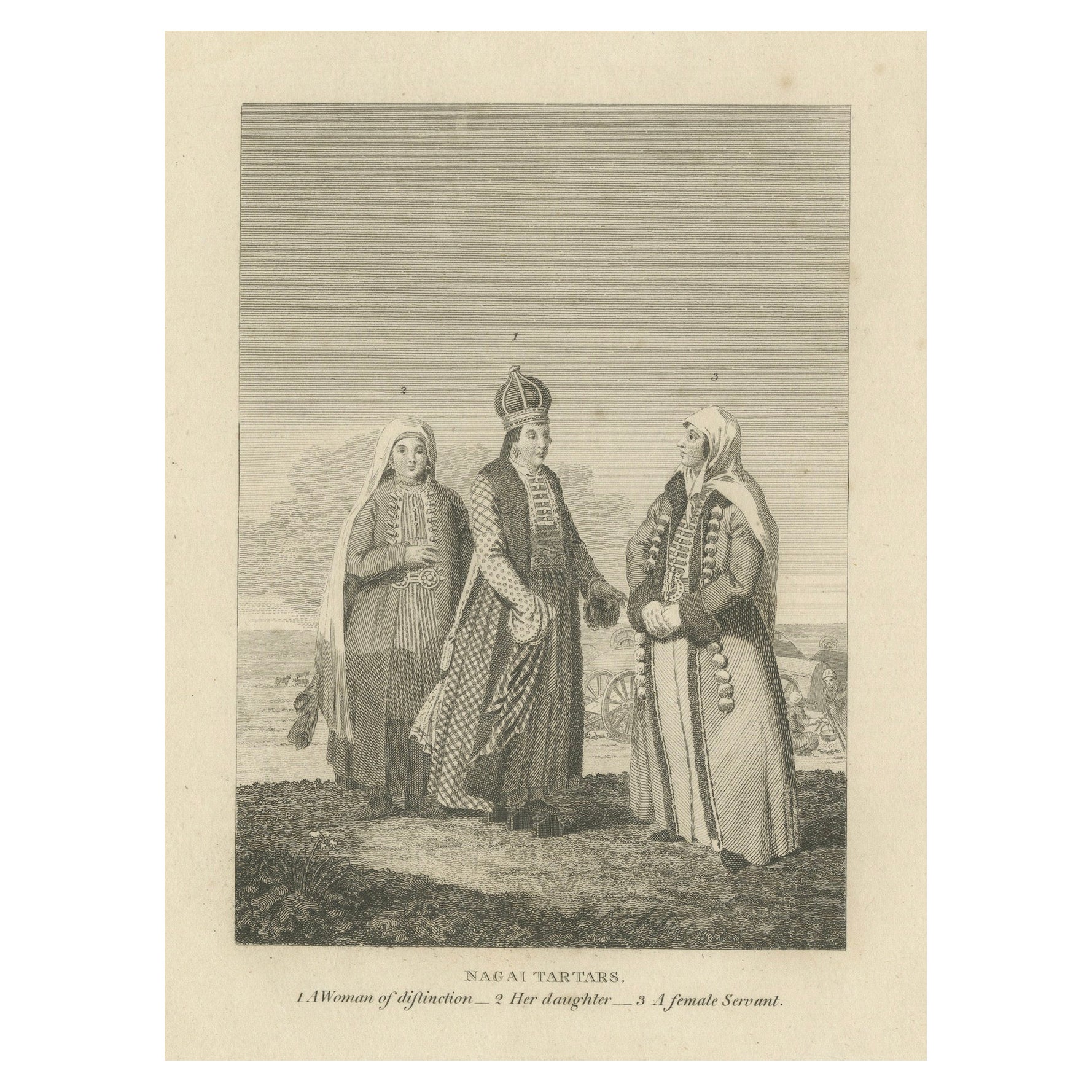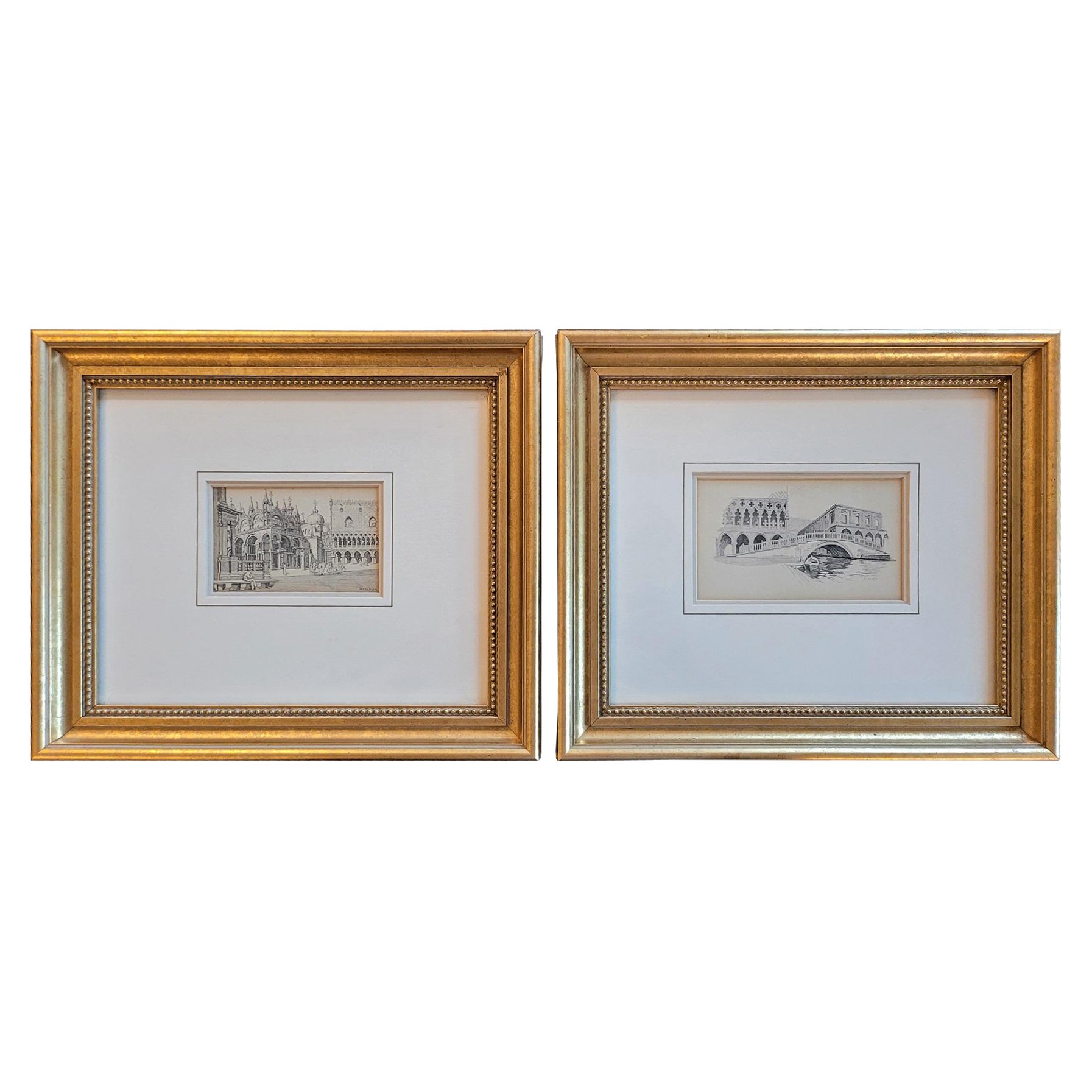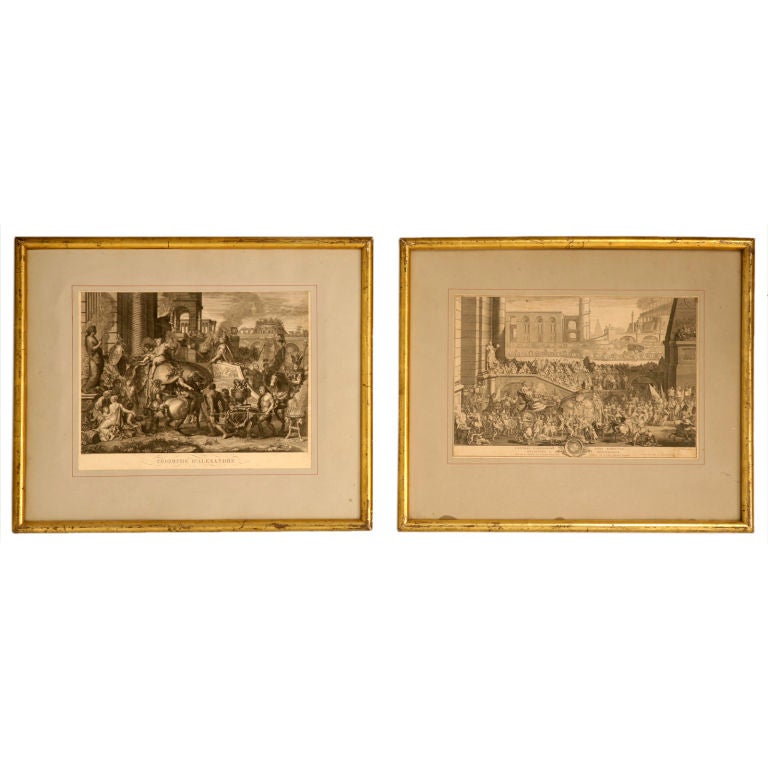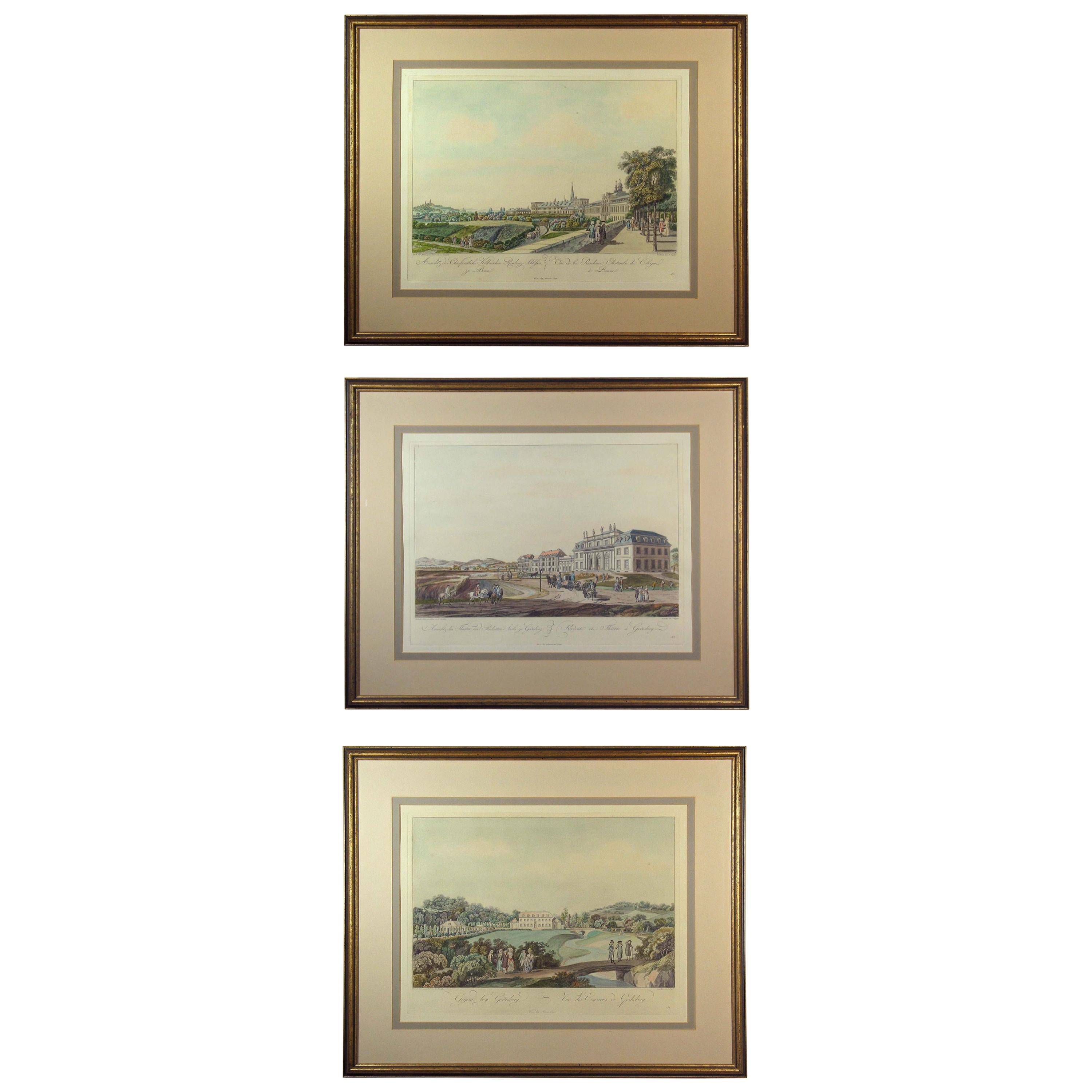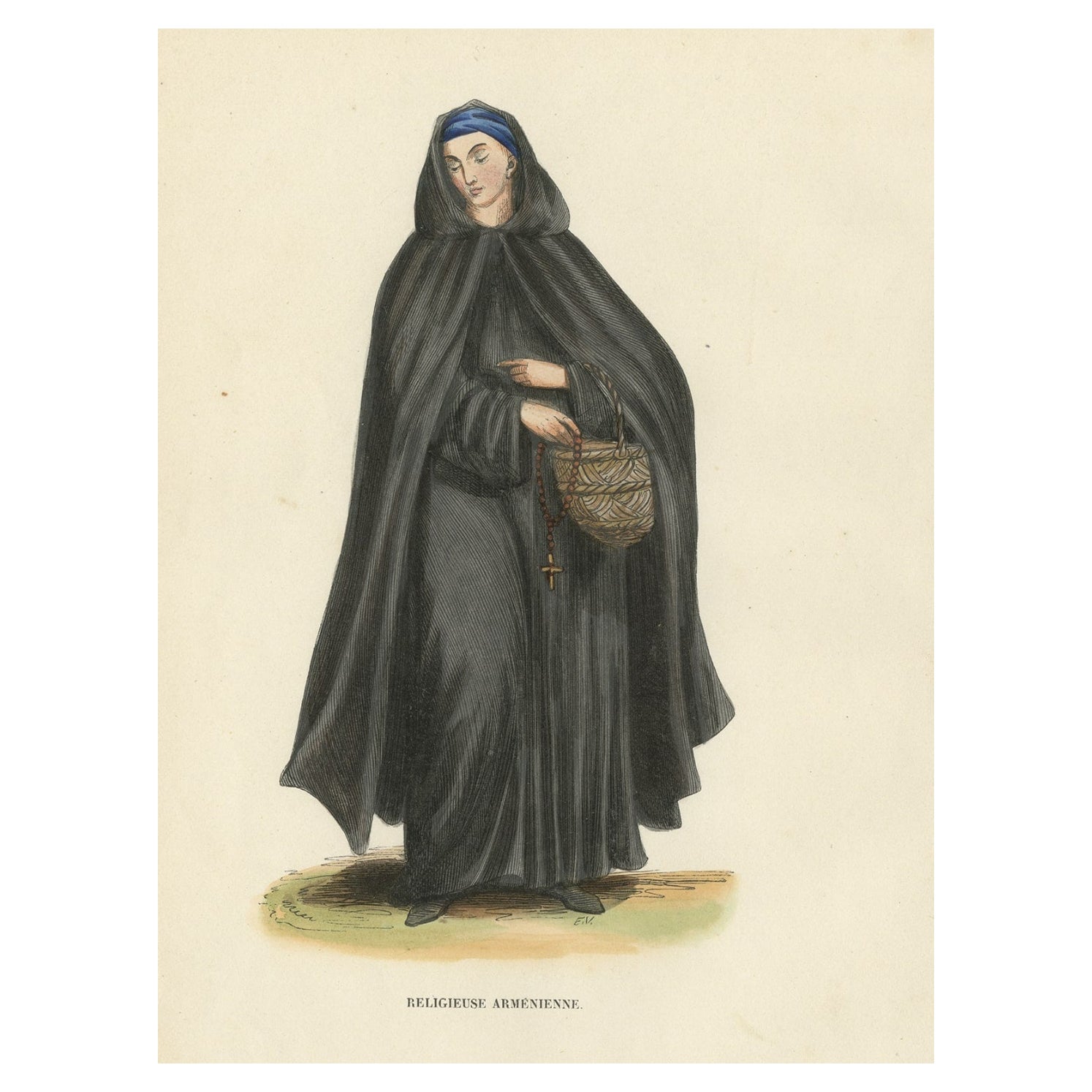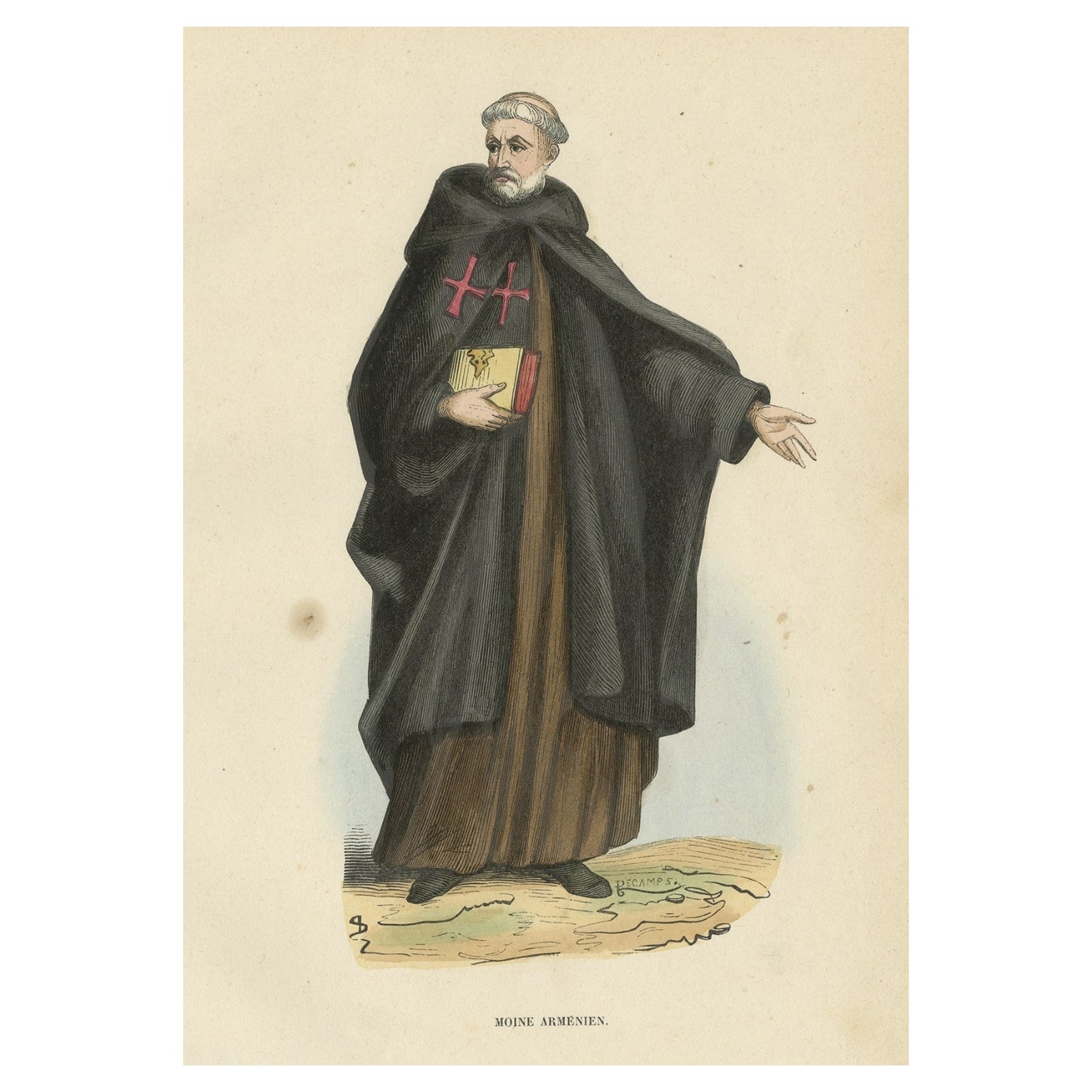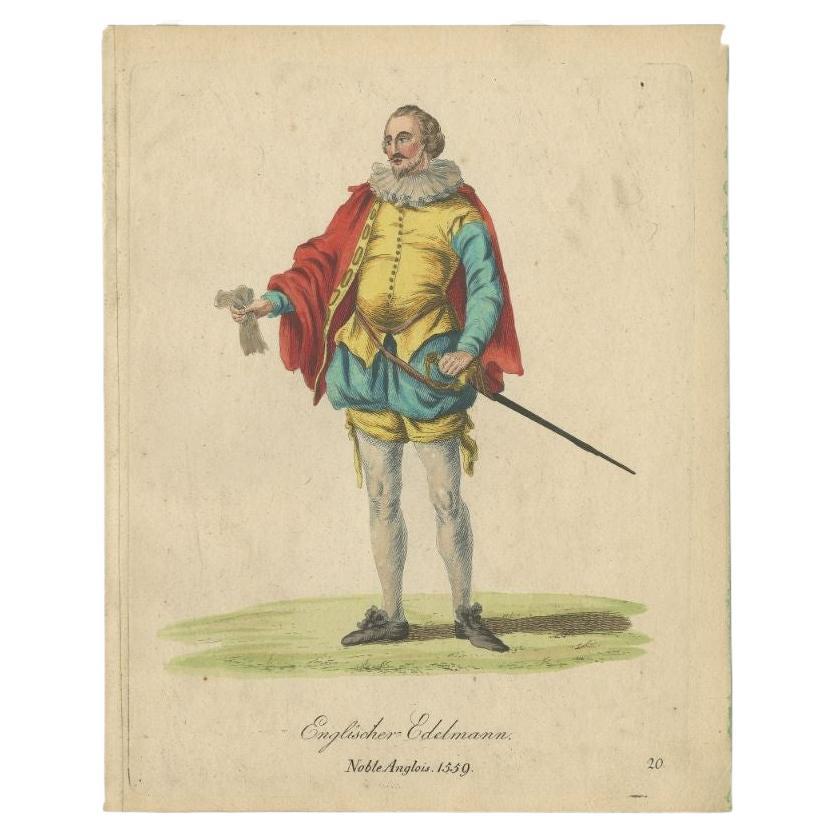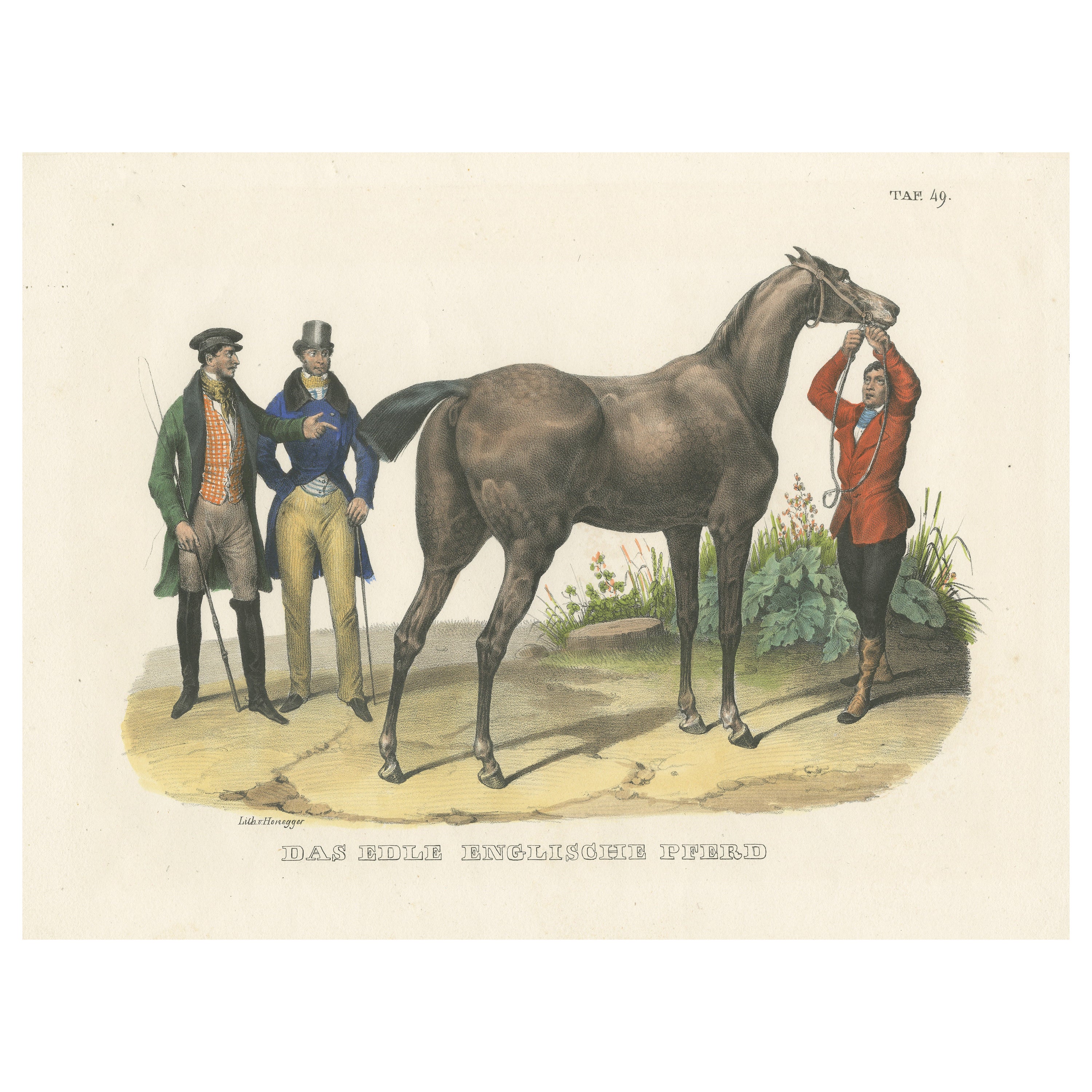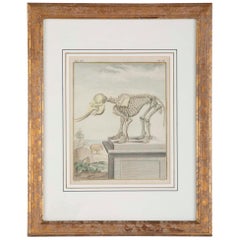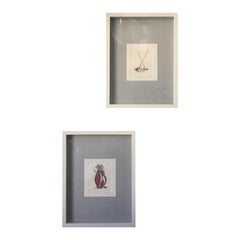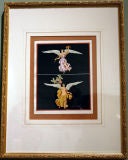
An Ethereal Hand Painted Etching of a Pair of Angels
View Similar Items
1 of 3
An Ethereal Hand Painted Etching of a Pair of Angels
About the Item
- Dimensions:Height: 18 in (45.72 cm)Width: 14 in (35.56 cm)
- Materials and Techniques:
- Place of Origin:
- Period:
- Date of Manufacture:Circa 19th Century
- Condition:Excellent condition, recently framed.
- Seller Location:San Francisco, CA
- Reference Number:Seller: 001-1931stDibs: U0812098431202
You May Also Like
- 18th Century French Hand Colored Etching of an Elephant SkeletonBy Georges-Louis Leclerc, Comte de BuffonLocated in Stamford, CTA beautifully rendered etching with hand coloring depicting the skeleton of an elephant on a pedestal. A live elephant, foliage and huts in the background. French, 18th century by Georges Le Clerc...Category
Antique 18th Century French Louis XVI Decorative Art
MaterialsPaper
- Antique Litho of an Angel by Meyer, 1892Located in Langweer, NLBeautiful lithograph of an angel. Signed E. Meyer, 1892.Category
Antique Late 19th Century Prints
MaterialsPaper
- Pair of Golf Motif Colored EtchingsLocated in West Palm Beach, FLGolf motif colored etchings by Martha Hinson 1936-20130, a pair Pencil signed, titled and numbered Frame size 17 x 13 x 1.5 deep Image size 6.5 x 5.5 112/350 for "The Club ...Category
Late 20th Century American Modern Prints
MaterialsPaper
$850 / set - Antique Print of an Hand Mill of Cologn Stone, 1758Located in Langweer, NLAntique print titled 'The Hand mill of Cologn stone'. Print of an hand mill. This print originates from 'The Universal Magazine of Knowledge and Pleasure'. Artists and Engravers:...Category
Antique 18th Century Prints
MaterialsPaper
- Social Hierarchy of the Nagai Tartars - An Etching by Geissler, ca. 1800Located in Langweer, NLTitle: "Social Hierarchy of the Nagai Tartars - An Etching by Geissler, ca. 1800" Description: This etching by Christian Gottfried Heinrich Geissler, titled "Nagai Tartars," is a fine representation of the German School from around the year 1800. It portrays three figures, labeled to indicate their social standing: a woman of distinction, her daughter, and a female servant, numerically annotated as 1, 2, and 3 respectively. The detailed depiction captures the intricate attire and cultural fashion of the period, reflecting the societal structure and familial roles within the Nagai Tartar community. The women are adorned in traditional garments that signify their status and identity, while the setting suggests a backdrop typical of their environment, providing a glimpse into the life of the Tartar people at the turn of the 19th century. The Nagai or Nogai Tartars were part of the Nogai Horde, a confederation that occupied the Pontic–Caspian steppe from about 1500 until they were displaced in the 17th century by the Kalmyks and Russians. They were named after Nogai Khan, a Mongol ruler, and were divided into groups such as the Budjak and Yedisan in the area north of the Black Sea. The Nogais were known to be pastoral nomads who grazed sheep, horses, and camels and were also involved in trade, raiding, and tribute. They spoke a form of Kypchak Turkic and were Muslim, although their religious institutions were not strongly developed. The societal structure of the Nogais was quite fluid, with personal prestige playing a significant role in their political organization. They were historically known for their slave raids across Eastern Europe, which were an important part of their economy. The term "Tatar" broadly refers to Turkic-speaking peoples, mainly found in west-central Russia and other former Soviet Republics. It was originally used to refer to various nomadic groups from the vast Central and Northern Asian region then known as Tartary. The largest Tatar group is the Volga Tatar from the Volga region in Russia. There are several Tatar groups, including the Volga Tatars and the Crimean Tatars, with the latter being subdivided into groups such as the Tats and the Nogai. The Tatars have a rich history that dates back to the 5th century when nomadic tribes in northeastern Mongolia around Lake Baikal were first recognized. They became part of Genghis Khan's army in the 13th century and were known to Europeans as Tatars. Following the disintegration of the Mongol Empire, the Tatars were particularly associated with the western part of the empire, the Golden Horde...Category
Antique Early 1800s Prints
MaterialsPaper
- Pair of Venice Etchings by N Erichsen 1904Located in Dallas, TXPresenting a lovely pair of Venice etchings by N Erichsen 1904. This pair of etchings were drawn by N. Erichsen who we understand was a late 19th and early 20th Century English artist. Both feature scenes from Venice in 1904. The first one (on the left) is a sketch of the Piazza San MarCo...Category
Early 20th Century Italian Edwardian Prints
MaterialsPaper
$1,200 / set
